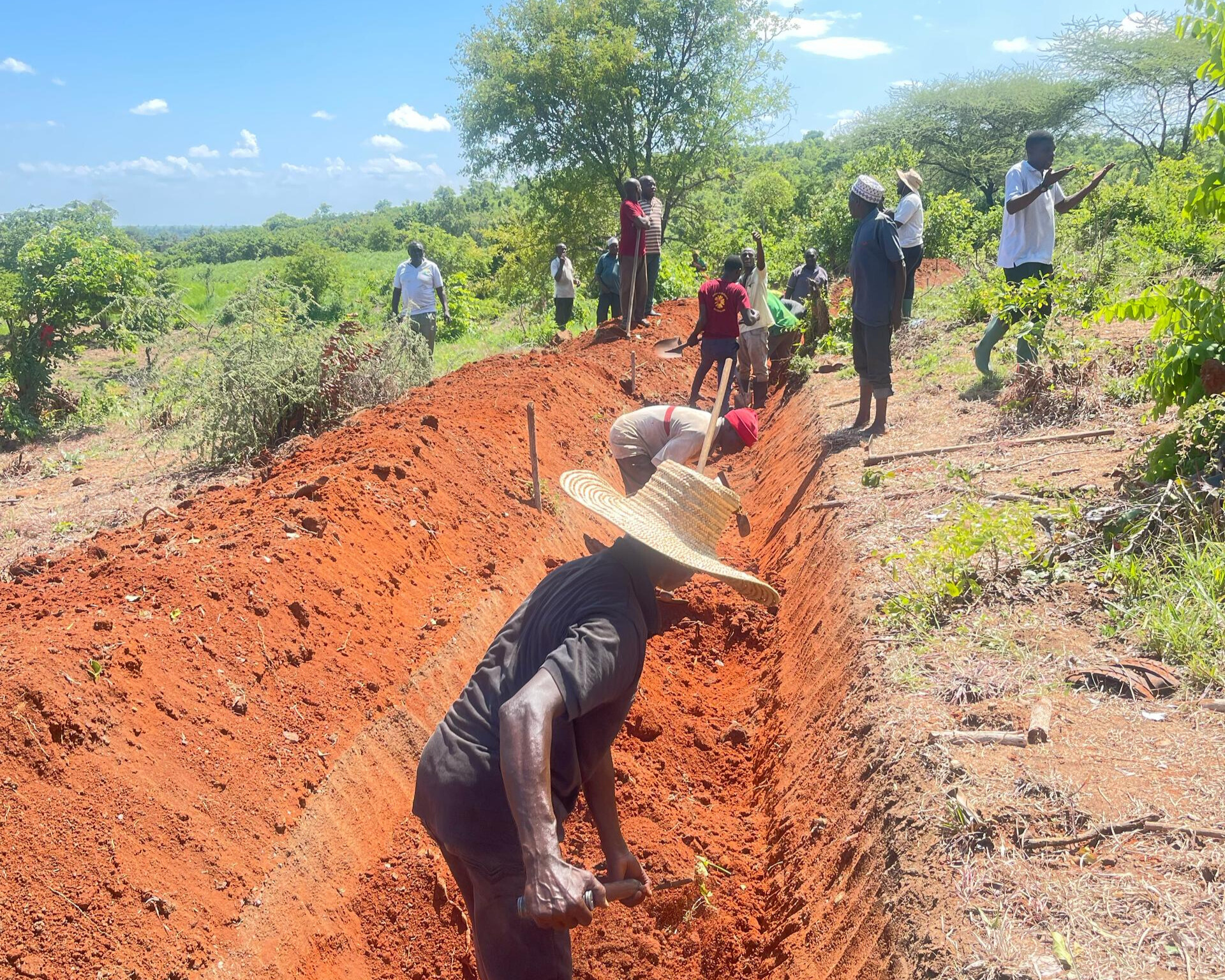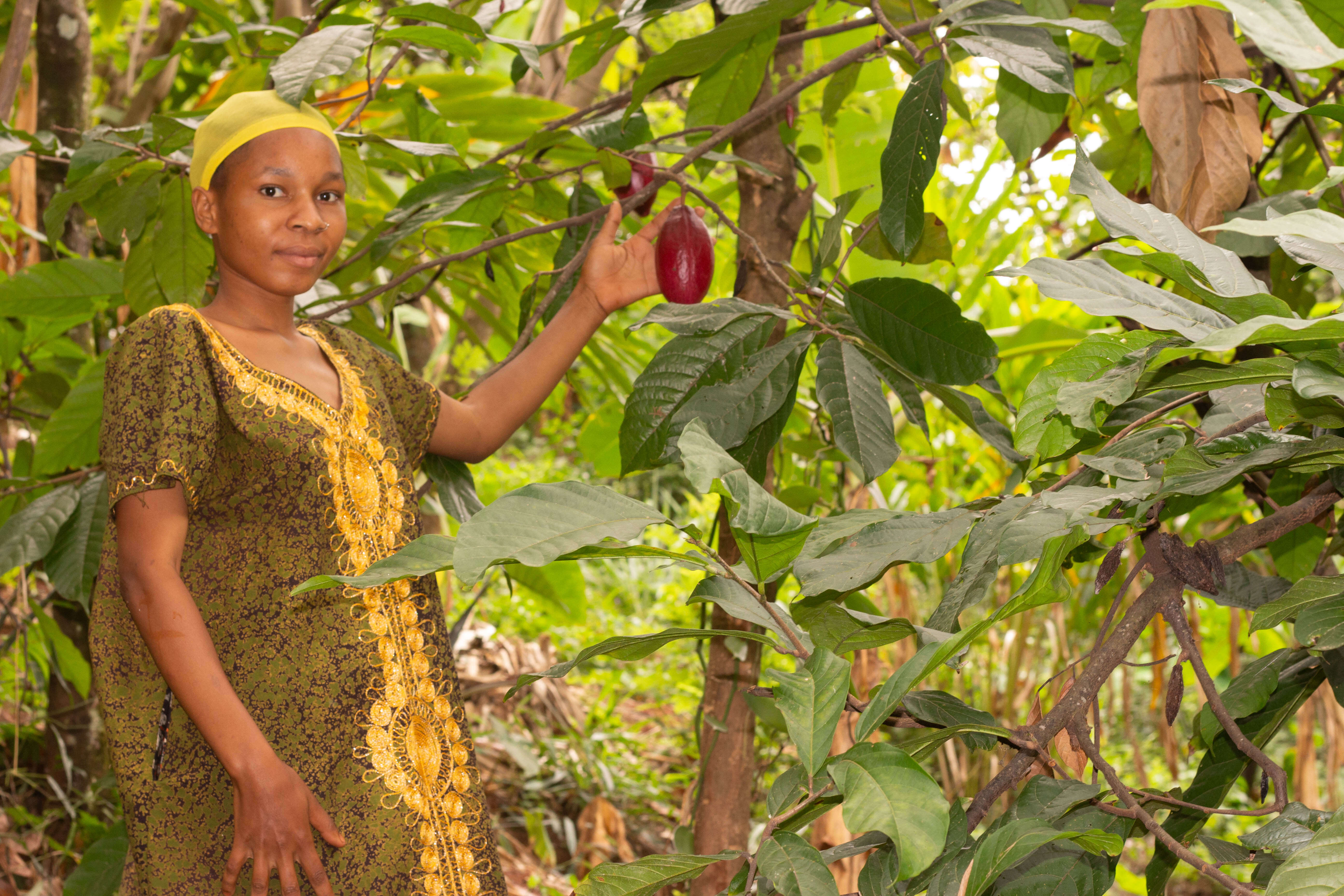Uluguru Spice Project Impact to small-scale farmers
.jpg)

Spices are a common ingredient in many dishes across our continent and we love them due to the rich flavor, color, and taste. As it is known, spices are also a lucrative cash crops making the spice business.
But what about small-scale farmers, are they able to produce high-quality spice products, increase their productivity, and access a premium market for their produces?
The Uluguru Spice Project was initiated for farmers living in the Ruvu River catchment area along the Uluguru Mountains in Tanzania by facilitating knowledge of sustainable cultivation methods as well as marketing strategies with the main focus on spice production and trade. The project goal is Small-scale farmers, organised in a cooperative, are practicing organic agriculture, protecting through this the sensitive catchment area and benefiting from price premiums and value addition which changes their livelihoods in a positive and sustainable way.
As a result, over 1500 farmers from the Uluguru Mountains, 172 model farmers from other regions, and 31 governmental agricultural extension officers have benefited directly from the Uluguru Spice Project.
USP Farmer success story: Meet Mr. Ramadhani Sanda
One of the farmers who have benefited from the project is Mr. Ramadhani Sanda, a small-scale producer. In 2016 Ramadhani and his fellow farmers joined the USP Project through Sustainable Agriculture Tanzania (SAT) with the expectation to make a proper living out of farming with the hope to increase productivity and quality of his crops.

Mr. Ramadhani told us that before joining the USP Project he was able to harvest 5 kg of cardamon, 35 kg of cinnamon and 70 kg of black pepper. After improving his cultivation practices, he is now able cultivate on the same land 10 kg of cardamon, 70 kg of cinnamon and 200 kg of black pepper. The reason he mentioned was lack of knowledge in cultivation but as well of not having the motivation to fully utilize his land due to missing market opportunities.
With introducing spice production as farming as a business, Ramadhani has increased his productivity to a higher level and used the returns wisely to reinvest in his business. Last year he added to his 2.5 acre another farm with 1.3 acres where he now practices mixed cropping, integrated in an agroforestry system with cultivating cardamom, cinnamon, pepper and now even vanilla. As soon he will start harvesting the crops it will be another boost of his income. Next to vanilla he also perceives cardamom production as a new lucrative field which is promising a good market. Farming as a business pays off he witnesses with explaining that next to buying land he constructed as well a new house for his family which he proudly equipped with a solar panel (100W) for electricity supply.
What Technologies did he use to increase his yield productivity?
Knowledge is key to succeed in agriculture. During the project Ramadhani has learned agroecological technologies. To increase his productivity Ramadhani manages the soil fertility through composting and manure application. He uses selected planting material, practices proper spacing of seedlings and manages diseases and pests with botanical plant extracts.
Ramadhani says “Organic way of farming is the future! Many of my friends and I have adopted to agroecological of farming as it has helped us to produce quality products in good quantities and also to protect the environment.” He is proud that his success in agriculture has inspired 5 farmers in his village to start with organic farming.
Now, with producing the wished quality and soon the quantity the farmer even hopes to further gain from practicing organic agriculture. In December 2020 Ramadhani has become a founder member of the farmer cooperative CHAUWAVIMU where he acts as marketing committee member on zonal level. He expects that through this step they will find better prices through joint marketing efforts. He furthermore knows that being organised in a cooperative will allow them to become organic certified for the export market. Currently Ramadhani and his fellow farmers are preparing for external inspection which will take place in June.

The USP Project is kindly supported by Austrian Development Agency, Land Voralberg, and Fester Foundation.








